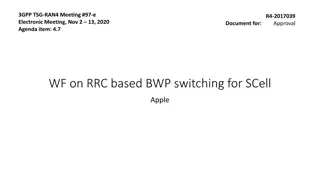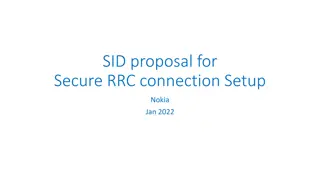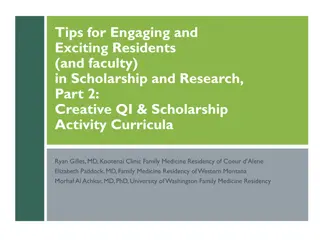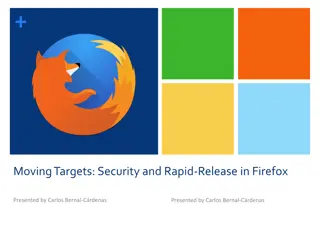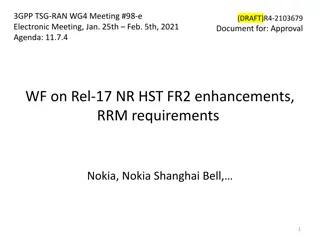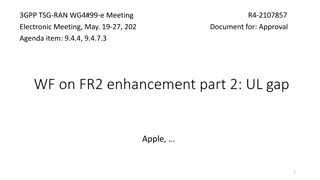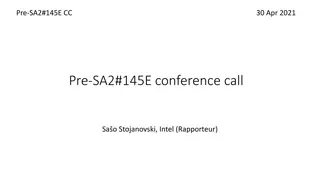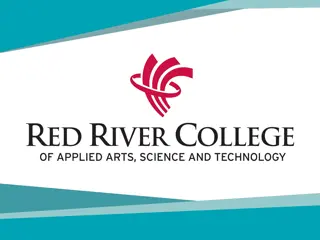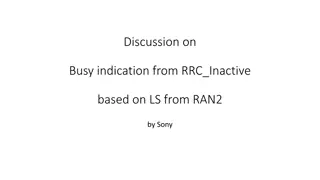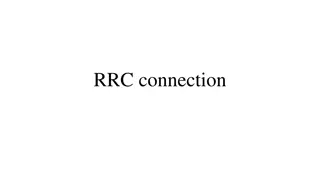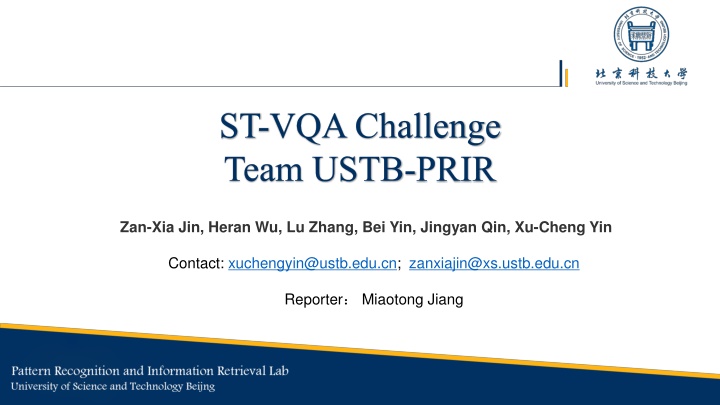
Text-based VQA Method by Team USTB-PRIR for Contextualized Attention-based Deep Network
"Team USTB-PRIR introduces a novel text-centric method for Text-based Visual Question Answering utilizing OCR context, semantic understanding, and machine reading comprehension. Their approach involves exploring OCR semantics, object-text relationships, and OCR answer prediction, achieving promising results in the ST-VQA Challenge."
Download Presentation

Please find below an Image/Link to download the presentation.
The content on the website is provided AS IS for your information and personal use only. It may not be sold, licensed, or shared on other websites without obtaining consent from the author. If you encounter any issues during the download, it is possible that the publisher has removed the file from their server.
You are allowed to download the files provided on this website for personal or commercial use, subject to the condition that they are used lawfully. All files are the property of their respective owners.
The content on the website is provided AS IS for your information and personal use only. It may not be sold, licensed, or shared on other websites without obtaining consent from the author.
E N D

